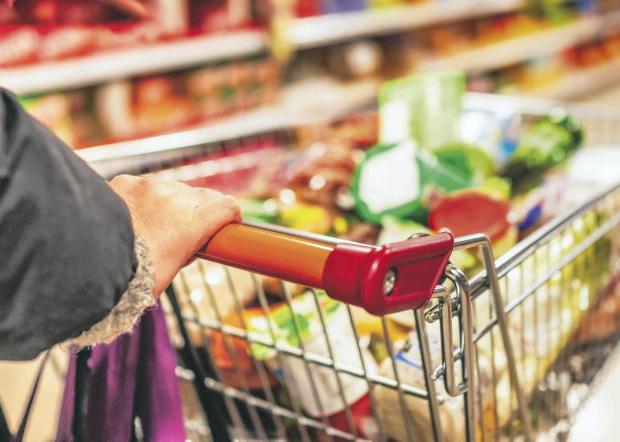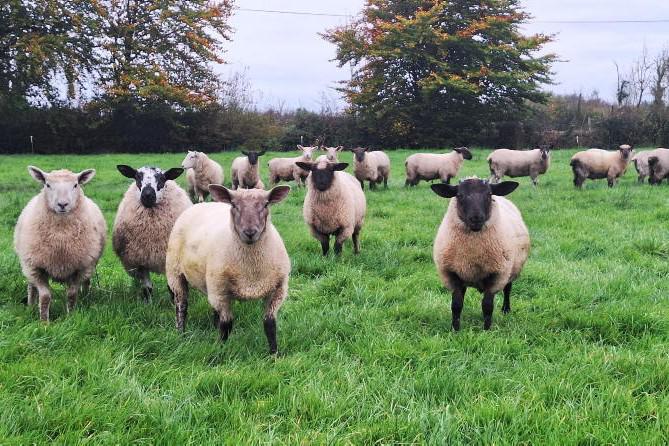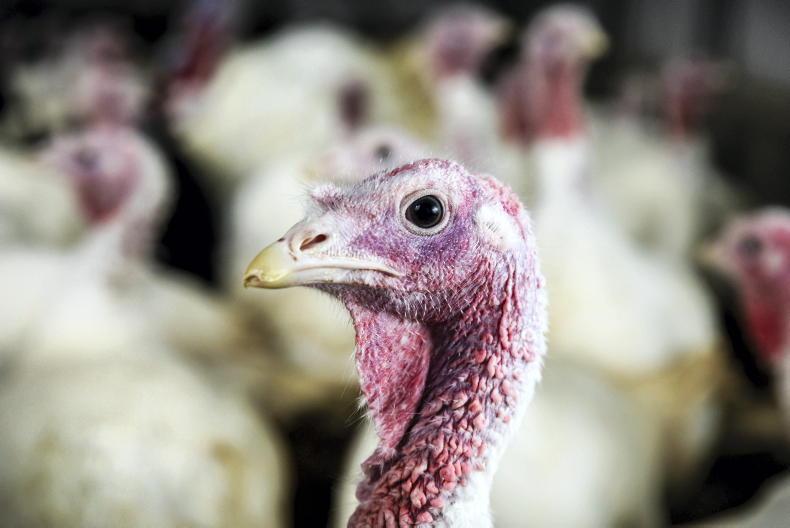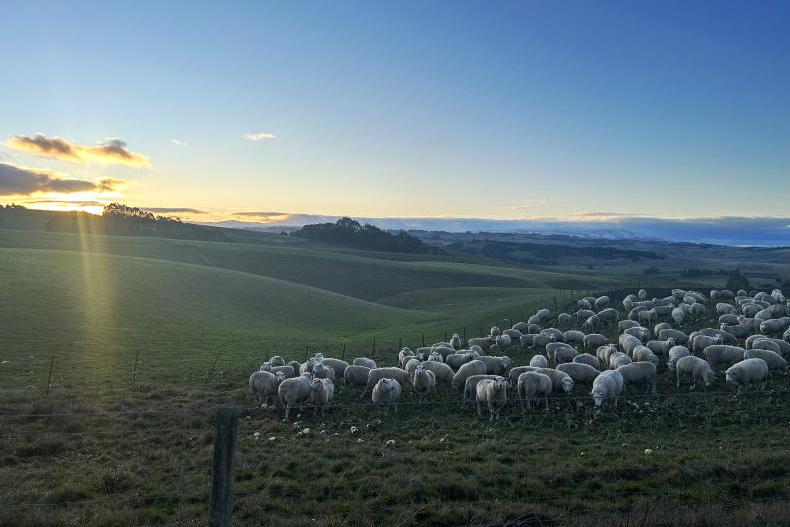Production of poultry and eggs remains a key part of the Irish agri-food sector, collectively accounting for more than €750m in output value, and supporting over 5,000 jobs. Around 800 farms are involved in commercial poultry and egg production in the Republic of Ireland – the vast majority of which are members of Bord Bia’s Sustainable Poultry Products Assurance Scheme (SPPAS) and the Sustainable Egg Assurance Scheme (SEAS), respectively.
Bord Bia works closely with the key stakeholders involved (growers, processors, egg packers, Irish Egg Association, IFA) to develop and execute promotion of Quality Assured chicken and eggs on the Irish market.
Overall performance and drivers of performance
Irish poultry production grew by an estimated 3% during 2024, with annual throughput at export meat plants reaching more than 115m birds. As in previous years, chickens (broilers and hens) accounted for the vast majority (96%) of birds processed, followed by ducks and turkeys – representing approximately 3% and 1%, respectively.
Despite higher supplies, there was a 3% decline in the overall value of Irish primary poultry exports during 2024, to approximately €138m. There was also a reduction in the volume of products exported, which fell by 4% to approximately 65,000t. Growth in domestic sales was a contributing factor to lower export volumes and value.
The domestic market is of critical importance to the Irish poultry industry, even more than for the other meat sectors. Throughout 2024, the category benefited from strong engagement from shoppers seeking a versatile, healthy and value-for-money meal option.
According to Kantar Worldpanel, the volume of chicken meat purchased by Irish shoppers grew by 4.6% during the 52-week period ending 29 September 2024, while the average retail price per kilo fell marginally to €6.48.
Products such as chicken thighs and wings have become increasingly popular, thereby enhancing the carcase-balance within Ireland and reducing somewhat the volumes available for export.

Destination trends
During 2024, Ireland’s exports of primary poultry products benefited from a 19% increase in trade with the UK market. Consignments to the UK were valued at approximately €86m, accounting for a 62% share of the overall trade. Northern Ireland continued to play a key role, taking €51m, although exports to Britain grew by 29% to reach €35m.
In contrast with the positive UK market performance, Irish poultry exports to continental Europe declined significantly by 22% and were valued at approximately €34m.
This trend was evident across each of the major EU markets, including the Netherlands, Spain and France. Elsewhere, poultry shipments to international markets were very similar to the previous year’s levels, at €28m. Trade with South Africa recorded a strong increase, reaching approximately €14m, followed by exports of €6m to Ghana.
Prospects
According to the Commission’s short-term outlook for agricultural markets, it is estimated that EU poultry production increased by 4% during 2024, in response to moderation of production costs and favourable output prices. For 2025, a smaller EU production increase of 0.9% is anticipated.
The EU market benefited from slightly higher (+3%) exports of poultry meat to third countries in 2024, along with a marginal decline (-0.5%) in imports, as higher volumes from the UK were more than offset by fewer shipments from Ukraine, Brazil and Thailand.
Although 2024 represented a milder season of Highly Pathogenic Avian Influenza (HPAI) outbreaks, this illness continues to represent a significant risk to the industry globally in 2025.
Since 2019, overall consumption of animal protein globally (including beef, lamb, pork, poultry, eggs and seafood) had an average growth rate of 0.7% per year, representing a significant decline from the figure of 2.0% over the 2010 to 2018 period.
The latest situation is far more positive, however, when it comes to poultry and eggs, which recorded growth of 1.8% and 2.0% respectively in 2024. The favourable image of poultry products among consumers globally, combined with some further production growth, is expected to support continued consumption growth in 2025.










SHARING OPTIONS